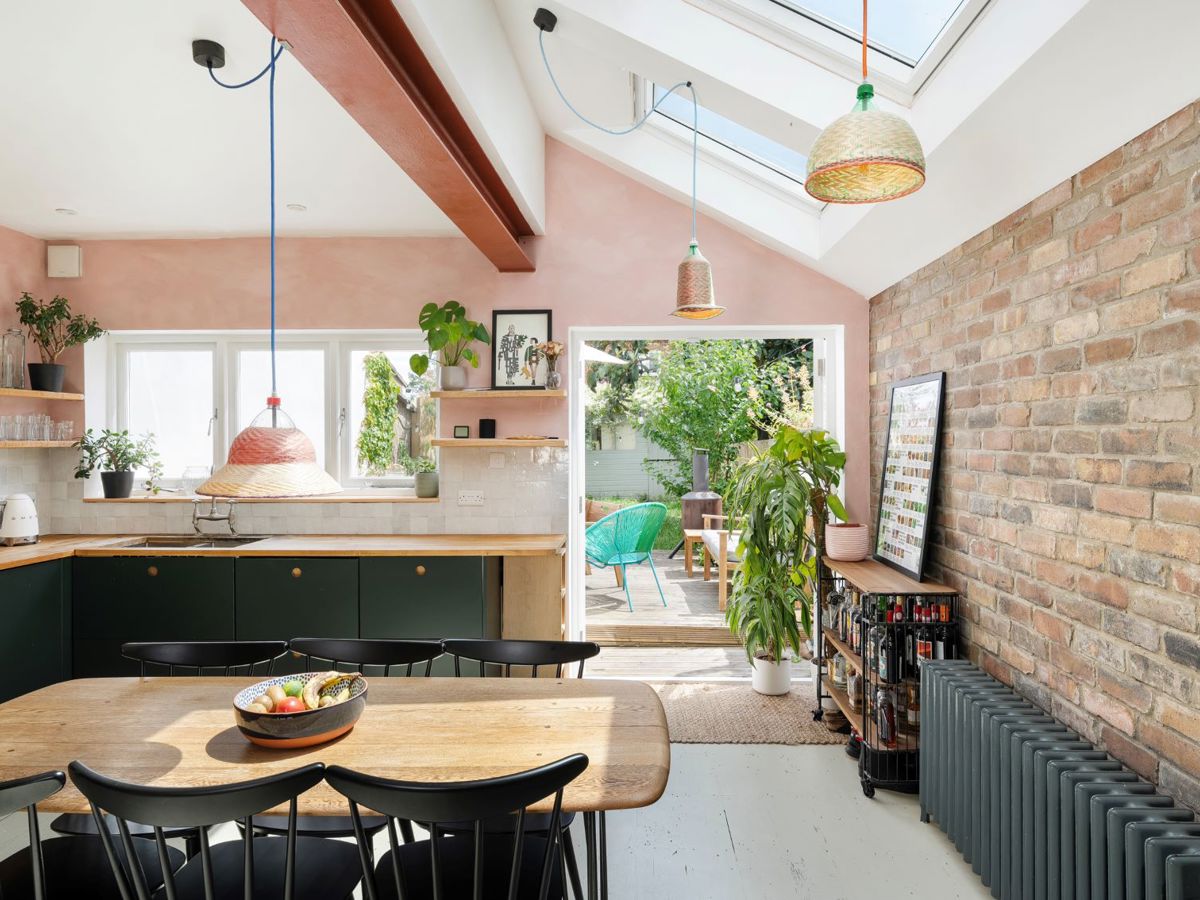Smoke and Carbon Monoxide Alarm Regulations 2022 mean Landlords or their Letting Agents must meet the mandatory requirement of fitting smoke and carbon monoxide alarms to their rented properties.
30 Nov 2023
Smoke and Carbon Monoxide Alarms FAQs
The requirements are enforced by local authorities who can impose a fine of up to £5,000 if a landlord fails to comply with a remedial notice.
the place for an altogether better let...
We hope this article was useful, if you have any questions our team will be happy to help.
Share
